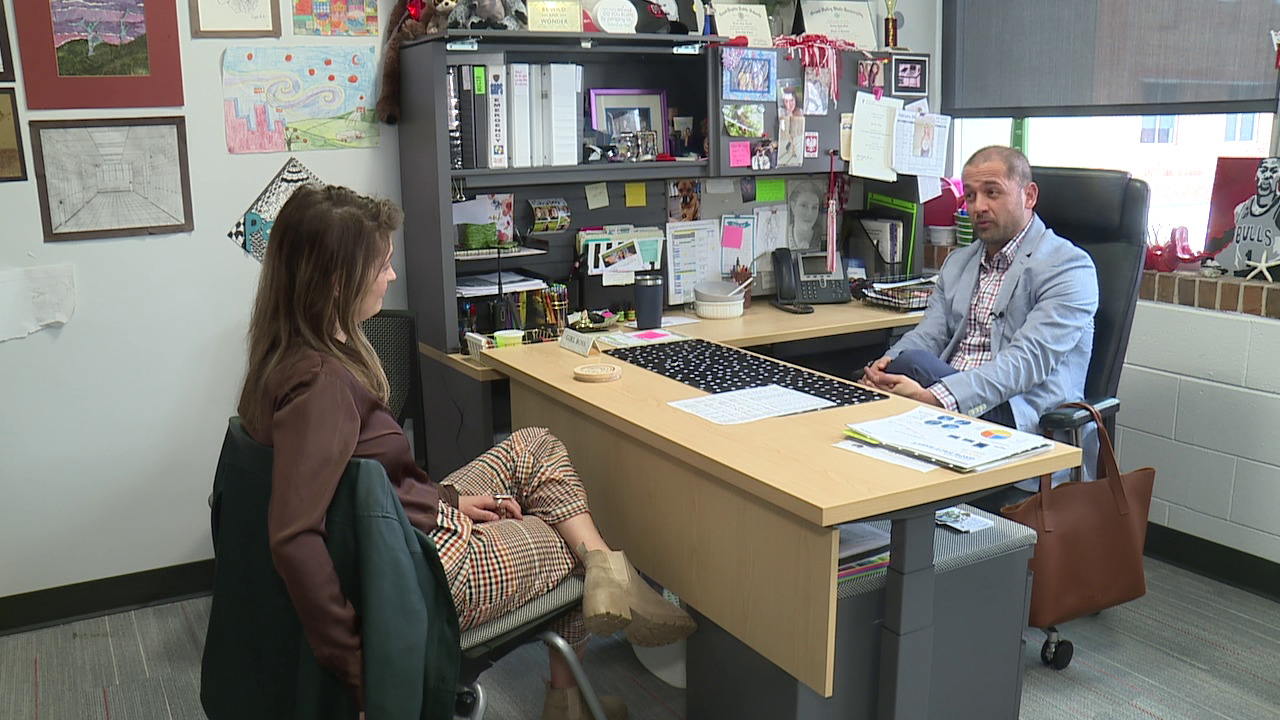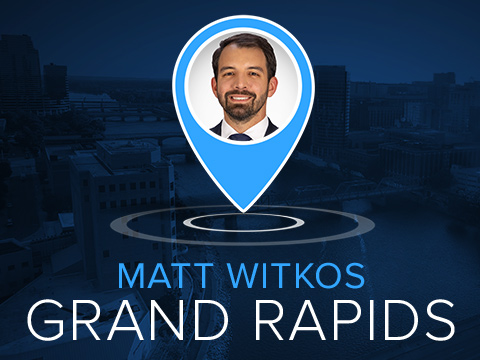A New York Times investigation revealed children were working shifts at a factory in Grand Rapids, among numerous other systemic failures.
The students are mostly migrant children, who entered America alone.
The article centers around a student and educator at Union High School, on the west side of Grand Rapids.
FOX 17 was welcomed into Union on Wednesday, greeted by a woman who's worked in the district for nearly 40 years as the registrar of various buildings.
Union Principal Aaron Roussey says the culture his staff and students create inside the building is one he's proud of.

After school, educators donate their time to run clubs, like the gardening club. Students know they're respected for their backgrounds— the main hallway is adorned with flags that represent all the nationalities inside the building that compose the student body.
The outside world, however, is outside of Roussey's control.
“We know our students come in with a variety of challenges each day, but our job is from the moment they get here— 'til the moment they leave— to best serve them. To make sure they have a welcoming place. A place they can call home and hopefully thrive in,” Roussey explained.
Roussey's staff bravely spoke to the New York Times about an outside problem they could no longer ignore— students falling asleep in class or dropping out of school altogether because they are working overnight shifts at a Grand Rapids factory, hired underage by a Grand Rapids staffing agency.
FOX 17 spoke to lawmakers on Tuesday, who agree— it's clear based on what the New York Times uncovered, that state agencies need to enforce existing laws that are meant to protect children.
Union High School has been overwhelmed by people reaching out, wondering what they can do to help their students.

The principal says the first step is listening and understanding—they only control the outside of their building. But on the inside of their building, something very right is happening. Union's test scores are steadily increasing. Inside Union, you won't find a "teacher shortage," but rather dedicated educators— doing everything they can for their students.
“We make our decisions based on what is best for students. That’s hopefully what drives every decision we make. For whatever reason, I’m not sure, everyone always does that,” Roussey said.






